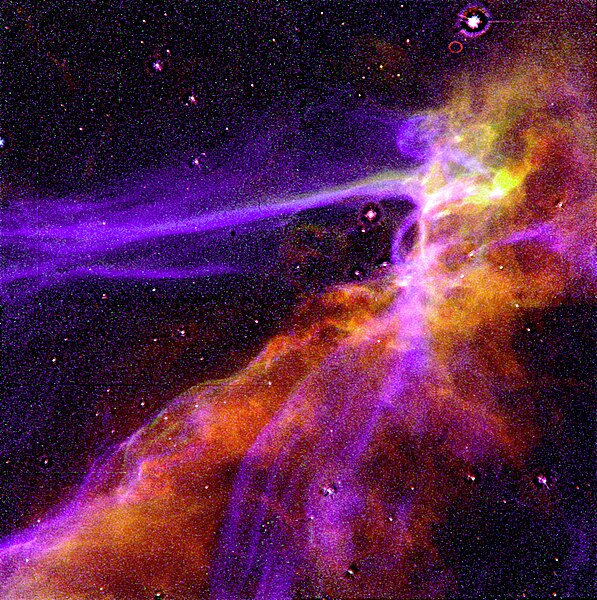Mynd:Cygnus Loop Supernova Blast Wave - GPN-2000-000992.jpg

Stødd av hesi forskoðan: 597 × 600 pixels. Aðrar upploysnir: 239 × 240 pixels | 478 × 480 pixels | 764 × 768 pixels | 1.019 × 1.024 pixels | 1.519 × 1.526 pixels.
Upprunafíla (1.519 × 1.526 pixel, stødd fílu: 3,67 MB, MIME-slag: image/jpeg)
Søgan hjá fíluni
Trýst á dato/tíð fyri at síggja fíluna, sum hon sá út tá.
| Dagur/Tíð | Lítil mynd | Dimensjónir | Brúkari | Viðmerking | |
|---|---|---|---|---|---|
| streymur | 9. apr 2009 kl. 01:18 |  | 1.519 × 1.526 (3,67 MB) | BotMultichillT | {{Information |Description={{en|1=This is an image of a small portion of the Cygnus Loop supernova remnant, which marks the edge of a bubble-like, expanding blast wave from a colossal stellar explosion, occurring about 15,000 years ago. The HST image sh |
Myndarslóðir
Hesar síður slóða til hesa mynd:
Alheims fílunýtsla
Aðrar wkiir brúka hesa fílu:
- Nýtsla á ar.wikipedia.org
- Nýtsla á ceb.wikipedia.org
- Nýtsla á en.wikipedia.org
- Nýtsla á es.wikipedia.org
- Nýtsla á eu.wikipedia.org
- Nýtsla á fj.wikipedia.org
- Nýtsla á gn.wikipedia.org
- Nýtsla á mk.wikipedia.org
- Nýtsla á ms.wikipedia.org
- Nýtsla á simple.wikipedia.org
- Nýtsla á sq.wikipedia.org
- Nýtsla á uk.wikipedia.org
- Nýtsla á zh.wikipedia.org


